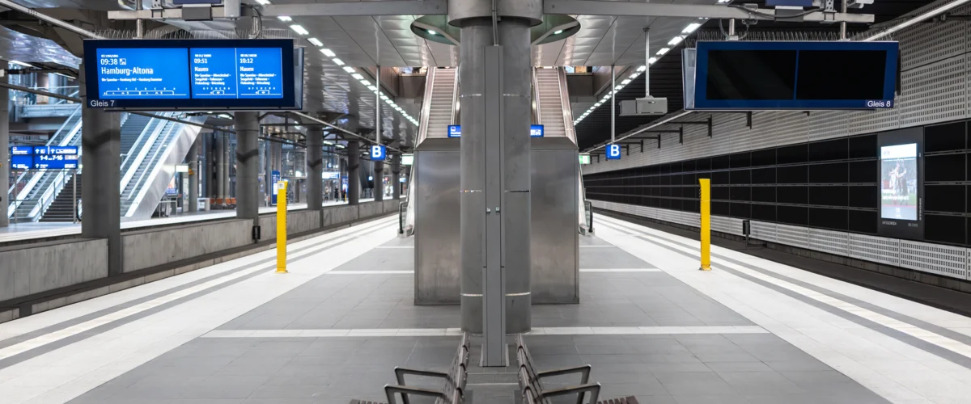‘Energy saving mode’ on displays saves DB thousands of kilowatt hours

Train stations across Germany have been implementing an energy-saving measure aimed at reducing electricity consumption since Sunday. Around 1,800 displays installed nationwide now automatically switch off background lighting during periods of no train service, resulting in significant energy savings.
The energy-saving mode, initially trialled in a pilot program during the latter half of 2023, reduces displays’ energy consumption to one-third of normal operation. These advancements are in line with DB’s commitment to becoming climate-neutral by 2040, as outlined in its corporate strategy “Strong Rail.”
To ensure passengers continue to receive essential information, displays awaken from sleep mode to convey announcements and information, typically occurring 15 minutes after the last departure and up to 30 minutes before the next scheduled train departure. This approach minimises energy usage while maintaining functionality, particularly beneficial at smaller stations with lower train frequencies at night.

Pilot
During the pilot program, participating train stations saved electricity equivalent to the annual consumption of a one-person household. Individual displays achieved significant energy savings, with one indicator registering a peak value of approximately 720 kilowatt-hours per year — comparable to the combined annual consumption of an electric stove and refrigerator.
Since April 2, 2024, several stations, including Leipzig Hbf, Düsseldorf Hbf, and Frankfurt (Main) Messe, have implemented the temporary standby mode for train displays, contributing to over 250 stations currently employing energy-saving measures.
Furthermore, alongside the energy-saving mode, Deutsche Bahn (DB) has introduced a software update enhancing departure time accuracy. Train displays now provide precise departure forecasts down to the minute, aligning with the app’s functionality.
Further reading:




